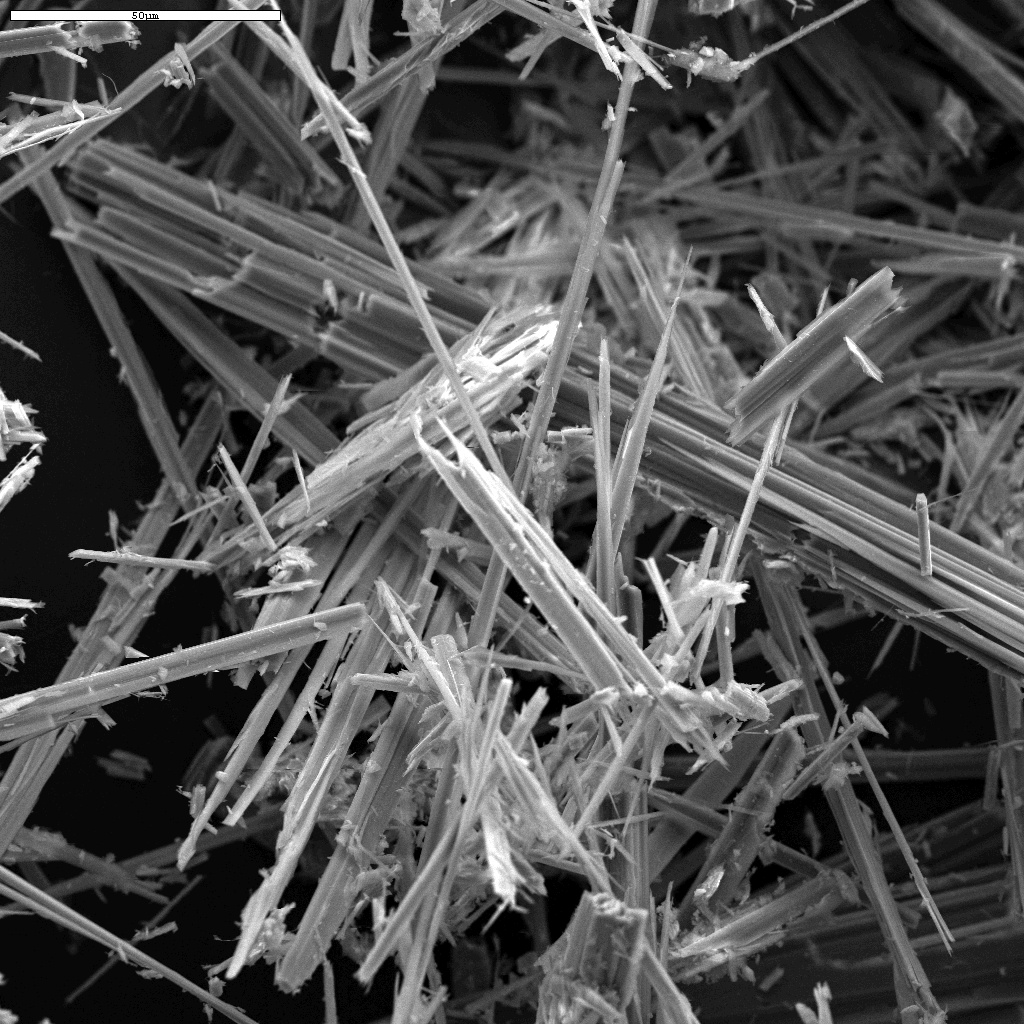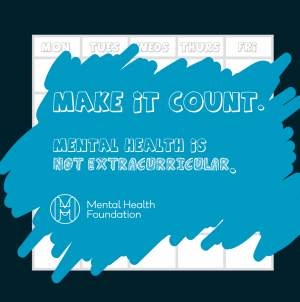-
Tips for becoming a good boxer - November 6, 2020
-
7 expert tips for making your hens night a memorable one - November 6, 2020
-
5 reasons to host your Christmas party on a cruise boat - November 6, 2020
-
What to do when you’re charged with a crime - November 6, 2020
-
Should you get one or multiple dogs? Here’s all you need to know - November 3, 2020
-
A Guide: How to Build Your Very Own Magic Mirror - February 14, 2019
-
Our Top Inspirational Baseball Stars - November 24, 2018
-
Five Tech Tools That Will Help You Turn Your Blog into a Business - November 24, 2018
-
How to Indulge on Vacation without Expanding Your Waist - November 9, 2018
-
5 Strategies for Businesses to Appeal to Today’s Increasingly Mobile-Crazed Customers - November 9, 2018
Toss Out These Crayons ASAP! They May Contain Asbestos
A new report shows some of your kids’ toys and crayons could be contaminated with asbestos.
Advertisement
The Asbestos Disease Awareness Organization (ADAO), which combines education, advocacy, and community to prevent exposure and ensure justice for asbestos victims, is outraged by the recent Environmental Working Group (EWG) Action Fund findings that identified asbestos, a known carcinogen, in children’s toys and crayons. Prolonged inhalation of asbestos fibers can trigger serious and fatal illnesses including malignant lung cancer, Asbestosis and mesothelioma.
Scientists from the independent lab, Scientific Analytical Institute, tested 28 common brands of children’s crayons and found the potentially deadly fibers in four of them – Mickey Mouse Clubhouse, Teenage Mutant Ninja Turtle, Amscan, and Power Rangers Super Megaforce crayons. By the next day, retailers including Toys R Us and Amazon had pulled products like the Edu Science Deluxe Forensics Lab Kit from their website.
The suspected origin of the asbestos in the items that tested positive is talc, a binding agent in crayons and an ingredient in fingerprint powder.
Ex- U.S. Assistant Surgeon General Richard Lemen says the report presents important information and concerns over children’s products. The products where then found to be manufactured in China.
“It’s the policy of the Environmental Protection Agency and the Department of Health and Human Services that there is no safe level of exposure to asbestos”, he added.
The asbestos comes from the mineral talc that is inside the toys.
Asbestos was once commonly found in insulation material, but is no longer widely used in manufacturing in the United States.
“This is an avoidable risk”.
The EWG Action Fund is calling for regulatory and policy changes and says there’s a need for sensitive methods to detect asbestos and asbestos-like fibers in consumer products.
With experts saying a child could use an average of 730 crayons by the time he reaches 10 years of age, any amount of exposure to asbestos fibers could be quite bad.
Paulson, the pediatrician, also supports additional regulatory action, especially as it has become a recurring issue.
The U.S. Product Safety Commission did not put in place any regulations or bans following the previous reports on asbestos in crayons and kits.
Advertisement
“The current voluntary standard for protecting children from toxic substances doesn’t work”. “And for kids that risk is almost certainly greater”.





























